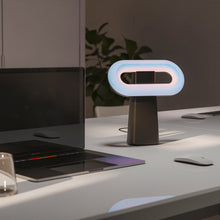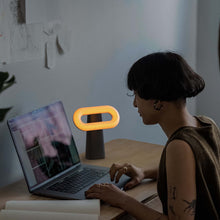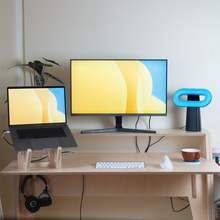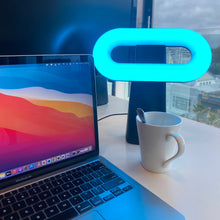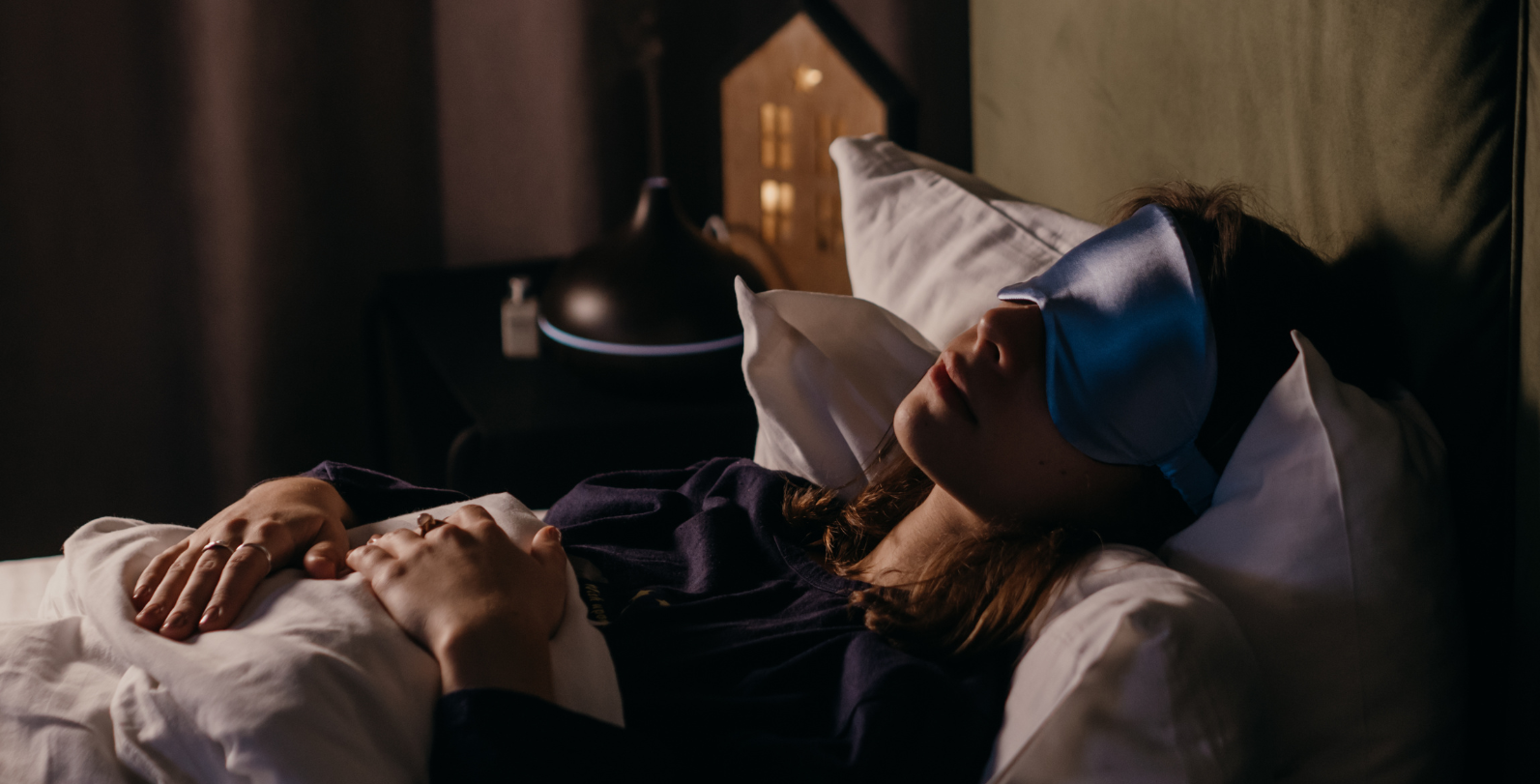Why Light Spectrum Matters For Circadian Alignment?
Take a garden hose on a sunny day and place your thumb over the end to make a misty spray. Notice what happens as the sunlight catches the water. See the rainbow appear in the spray?
The colours are caused by different wavelengths of light, measured in nanometres. Humans can see light between approximately 380nm – 780 nm. Normally the wavelengths in sunlight are mixed to form white light. But as it hits the water droplets, each wavelength bends at a slightly different angle, separating the sunlight into its different colours.
Sunlight has a broad spectrum. That’s why, in the hose experiment, you can see all the colours of the rainbow.
But not all light sources have this same broad spectrum. Parts of the visible spectrum are almost absent from the artificial lighting, such as LEDs, found in the places we live and work. As it turns out, this has consequences for our health.

Inside the eye, we have several types of light-sensitive cells. LEDs put energy into the part of the visual spectrum these cells are most sensitive too so that the light appears as bright as possible while using little energy.
But there’s another type of light sensitive cell in our eye that doesn’t contribute to vision. Intrinsically photosensitive Retinal Ganglion Cells, or ipRGC’s help control our pupil dilation, and most importantly, they set the circadian rhythm.
The circadian rhythm, also known as your internal body clock, that influences when you wake up, when you go to sleep, your immune system, heart, and many other of your body’s functions.
IpRGC’s are sensitive to light peaking at around 480 nm, the light of the blue sky. Our circadian rhythms depend on daily exposure to this blue-sky light.
Modern LEDs Miss The Sweet Spot
result, those of us who spend most of the day indoors get very little of this light, which can cause your circadian rhythm beginning to drift out of sync with your lifestyle. This is known as social jet lag, because your body clock is quite literally running on a different timezone.
Research shows social jet lag has negative flow-on effects for your health - beyond leaving you feeling sleepy. Social jet lag weakens your immune system, increases your risk of heart disease, diabetes, mood disorders, and various forms of cancer. Chronobiologist, Till Roenneberg, summed it up well when he said, “Social jet lag promotes practically everything that's bad in our bodies.”
Ralph and the team's innovative Loop Light is designed to supplement the light that’s missing from conventional lighting to support people’s circadian alignment. Its colour is no accident. During the day Loop mimics the blue sky to provide your circadian rhythm with a strong day time cue. As the sun dips below the horizon, Loop transitions to a warm amber glow that contains zero blue light.
Don't let lack of sleep hold you back any longer. Improve your sleep quality and overall health with the OSIN Loop Light today.

benefits
Loop will improve your...

sleep

metabolism

Health

environment

stress

productivity
How does it work?
Whether at the office or home, place a Loop on your desk and it will deliver life enhancing light to your environment.


HEALTH

PERFORMANCE

The OSIN purpose
We are on a mission to end circadian disruption. By developing cutting-edge circadian lighting products, we give people access to the circadian light their bodies need.








